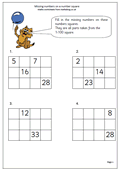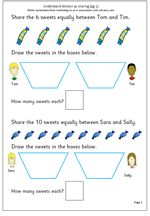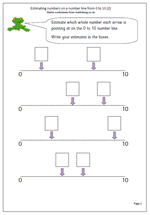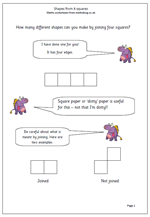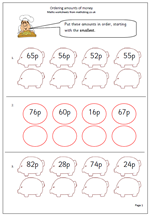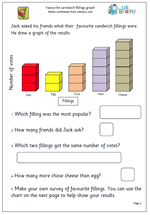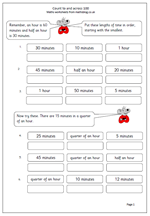 It is in year 2 that children really get to grips with time. Targets include telling and writing the time to five minutes, including using terms such as quarter to and quarter past the hour. They are also expected to be able to compare and sequence lengths of times, which is where this worksheet comes in. It looks at ordering lengths of time and uses both time in minutes and the quarter and half hours. Children will need to know that half an hour is thirty minutes and a quarter of an hour is 15 minutes.
It is in year 2 that children really get to grips with time. Targets include telling and writing the time to five minutes, including using terms such as quarter to and quarter past the hour. They are also expected to be able to compare and sequence lengths of times, which is where this worksheet comes in. It looks at ordering lengths of time and uses both time in minutes and the quarter and half hours. Children will need to know that half an hour is thirty minutes and a quarter of an hour is 15 minutes.
Thanks to urbrainy.com for giving persmission to use this page.


